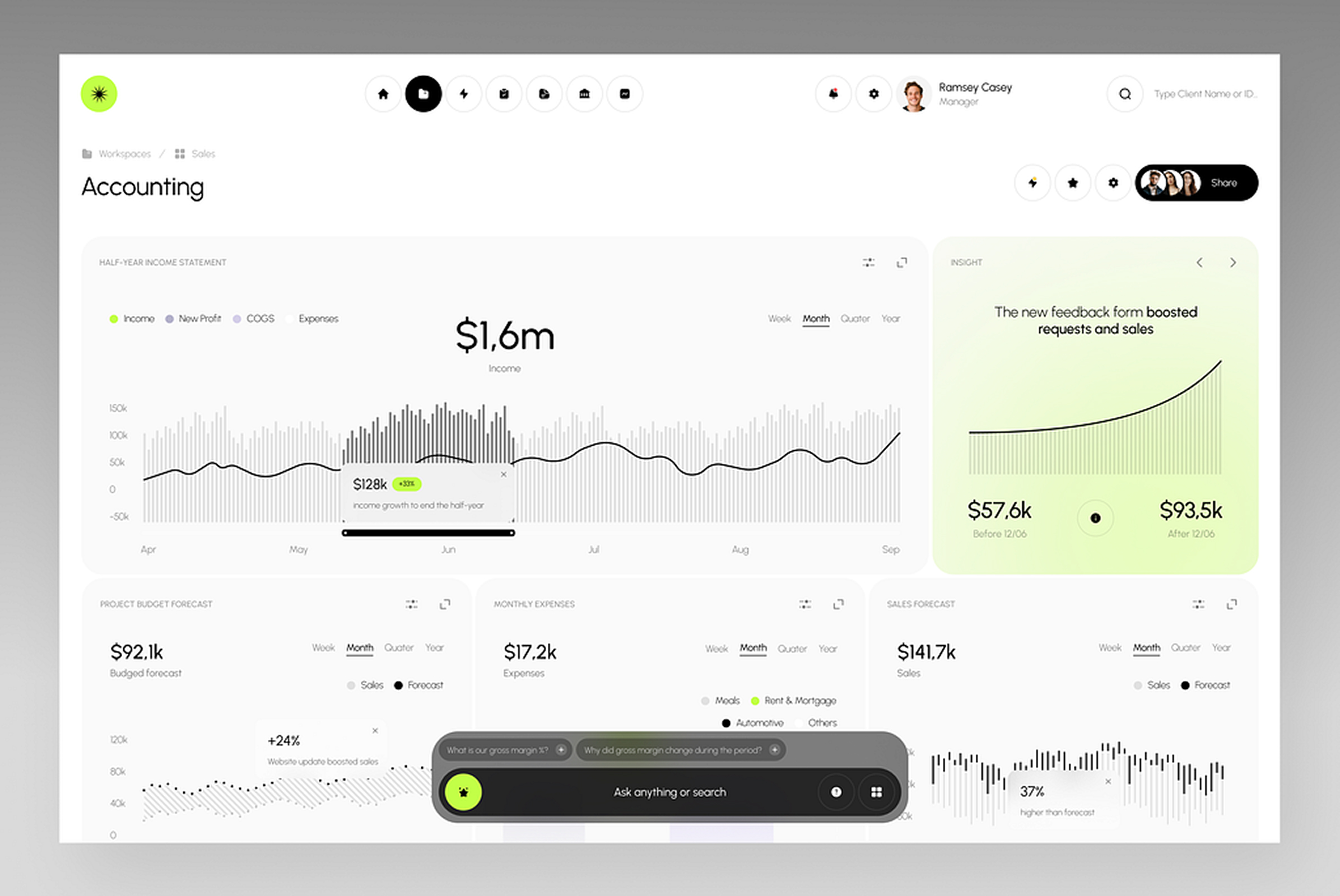
Understanding the Basics of Wireframe Websites

Wireframes Example
Wireframe basics
Build the foundation
Wireframe websites are the backbone of web design. They provide a visual guide for a site's structure. Understanding wireframes is crucial for anyone involved in web development. They help plan the layout and functionality before design begins.
Wireframes focus on the arrangement of elements like headers, footers and navigation. They are typically simple, without detailed design elements. You can create wireframes using various tools, from pen and paper to advanced software. Popular tools include Balsamiq, Sketch and Figma.
This guide will explore the basics of wireframe websites. You'll learn their purpose, benefits and how to create them effectively.
Wireframe Examples
What is a wireframe website?
- “
A wireframe website is essentially a blueprint for a website. It acts as a visual guide and layout plan. Wireframes focus on structure and functionality rather than detailed design.
Vitalii B.
UX Architect
Wireframes do not include colors, fonts, or intricate graphics. Instead, they serve as a skeletal framework, highlighting essential components like buttons, images and navigational elements. This simplicity ensures clear communication among designers and developers.
Key Characteristics
1 - Simplified layout
2 - Basic structural components
3 - Absence of color and detail
Wireframe websites are crucial in the early stages of design. They facilitate discussions and decisions regarding layout and usability, setting the groundwork for more detailed mockups and prototypes.
- “
So, let’s explore why wireframes matter in web design:
Alina L.
CX Designer
Finora SaaS - Finance Management Dashboard
Wireframes play a vital role in web design by streamlining the project workflow. They help clarify the structure and layout early on. This prevents misunderstandings among team members later.
By focusing on functionality rather than aesthetics, wireframes highlight essential site components. This focus aids designers and developers in aligning their goals effectively. Teams can identify potential usability issues at this stage.
Stakeholder Collab
Wireframes also encourage collaboration between stakeholders. They serve as an effective communication tool for sharing ideas. This collaboration leads to a more coherent final design. Advantages include:
1 - Early issue identification
2 - Clarity in design intent
3 - Enhanced team collaboration
These benefits make wireframes crucial for crafting effective, user-friendly websites.
Wireframe Website Guide
A website wireframe serves as a visual blueprint for web design. It lays out the structure and elements before detailed design begins. The simplicity of a wireframe ensures focus on key components.
Each wireframe includes core elements essential to web layout. These elements act as building blocks, guiding the entire site design. Critical elements typically included are Headers and footers, Navigation menus, Content sections and Call-to-action buttons
- “
These components form the foundation of any web page. Their placement and hierarchy in the wireframe inform later design decisions. Visualizing this structure helps streamline the design process.
Stan D.
CIO
A well-crafted wireframe assists in visualizing user interaction flow. This foresight contributes to a more intuitive and user-friendly website.
ARTE - Real Estate Dashboard
Types of Wireframes: Low, Mid and High Fidelity
Wireframes come in different levels of detail: low, mid and high fidelity. Each serves a unique purpose in the design process. Understanding their differences helps in choosing the right one for each project phase.
Low-fidelity wireframes are basic sketches. They focus on layout and structure without details. These wireframes use simple shapes to represent elements. They're quick to create and easy to modify.
Mid-fidelity wireframes add more detail. They begin to define spacing and proportions. You can include simple styling choices, like grayscale, for clarity. This level balances speed and detail.
High-fidelity wireframes closely resemble the final design. They incorporate colors, images and typography. You can include detailed interactions to simulate user experience. Designers often use this level before final mockups.
Low-fidelity: basic structure
Mid-fidelity: spacing and simple style
High-fidelity: detailed design
These benefits make wireframes crucial for crafting effective, user-friendly websites.
Wireframes Example
Wireframe development
Wireframing is crucial for web design, streamlining communication among team members. It significantly boosts project efficiency and clarity.
By visualizing layouts early on, wireframes help identify usability issues. This proactive approach ultimately leads to more successful web projects, making wireframing a fundamental step in modern design workflows.
Shall we chat?
[email protected]Let’s

talk
Let’s

talk










